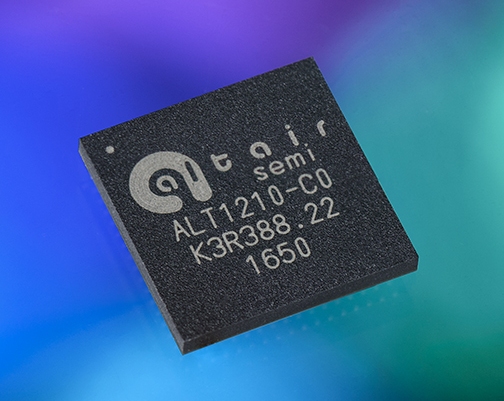AT&T approves Altair’s integrated LTE-M chipsets to power new class of IoT modules and devices

Eran Eshed
Altair Semiconductor, a provider of LTE chipsets, reports that the ALT1210 LTE-M chipset has successfully completed AT&T’s ADAPT chipset validation process. The ADAPT validation improves time-to-market and reduces the cost associated with the introduction of new Internet of Things (IoT) devices.
Building upon the first live network trial of LTE-M with AT&T, this chipset validation and commercial availability furthers Altair’s commitment to AT&T and broadens the device and module partner ecosystem supporting LTE-M deployments.
“LTE-M is essential to carriers’ cellular IoT strategies,” said Eran Eshed, VP of WW Sales and Marketing at Altair Semiconductor. “Being able to offer pre-certified chipsets and modules will significantly help vendors bring products to market quickly and cost-effectively. Our LTE-M collaboration with AT&T extends the existing and strategic CAT-1 engagement.”
 The ALT1210 is an LTE-M IoT chipset with extremely low power consumption, and is software upgradeable to single antenna LTE CAT-1. ALT1210 is highly integrated with an on-chip PMU, DDR memory and a low-power MCU subsystem with a robust security framework for customer-developed applications, enabling designs with just a few external components.
The ALT1210 is an LTE-M IoT chipset with extremely low power consumption, and is software upgradeable to single antenna LTE CAT-1. ALT1210 is highly integrated with an on-chip PMU, DDR memory and a low-power MCU subsystem with a robust security framework for customer-developed applications, enabling designs with just a few external components.
The ALT1210 is ideal for a variety of IoT applications such as trackers, wearable devices, sensors and numerous other industrial and consumer IoT devices. This highly integrated LTE-M solution is available today in certified modules from various module and device vendors.
“LTE-M has the potential to connect more devices and applications than anything before. When you introduce a new technology like LTE-M, it’s very important to bring together an ecosystem of network providers, module providers and chipset providers. Having Altair’s ALT1210 LTE-M chipset certified on AT&T’s network will help accelerate the promise of LTE-M,” said Cameron Coursey, vice president, Internet of Things Solutions, AT&T.
Comment on this article below or via Twitter @IoTGN
